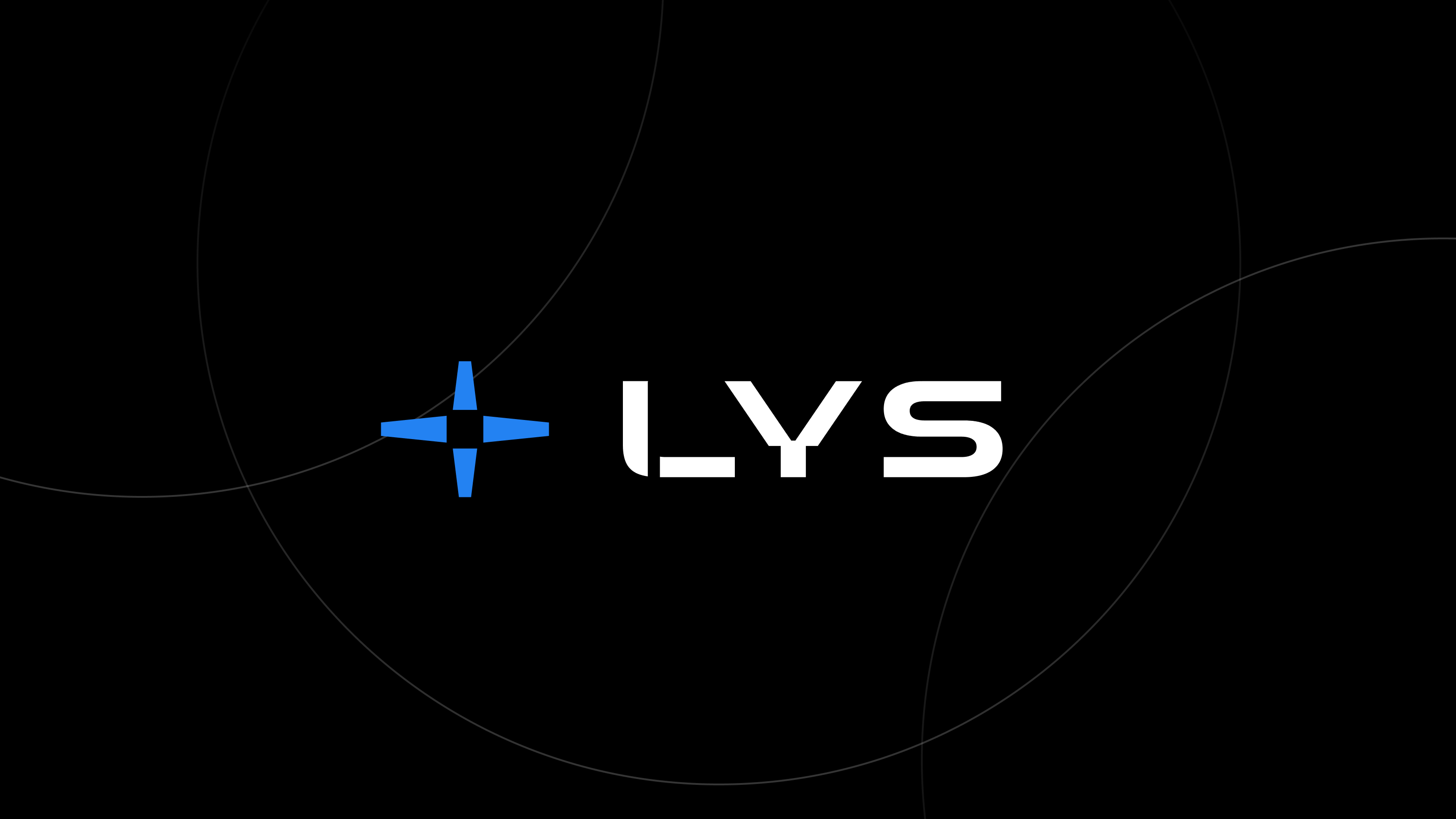Risk Assessment Journeys: How to Do Due Diligence for Yield Strategies

In the rapidly growing world of decentralized finance (DeFi), yield strategies have emerged as a go-to method for investors seeking to maximize returns. But with high rewards come significant risks, making due diligence essential to any successful investment strategy. Here’s how you can navigate yield optimization effectively, spotlighting how LYS Smart Capital Navigator helps manage these risks seamlessly.
Understanding Yield Strategies in DeFi
Yield strategies in DeFi encompass various methods of earning returns on crypto assets by providing liquidity, participating in staking, or utilizing other financial instruments. These strategies aim to generate passive income for investors while contributing to the growth and security of DeFi protocols. Here, we'll cover three key yield strategies that every potential investor should be aware of:
Staking: Involves locking up cryptocurrency (like Ethereum) to validate transactions and secure the network. Validators receive rewards from transaction fees. The more cryptocurrency you stake, the more rewards you earn. However, staking comes with risks like slashing (losing part of your stake) if you violate protocol rules or fail to validate transactions correctly.
Liquid Staking: Transforms the staking landscape by lowering entry barriers and reducing operational headaches. Protocols like LYS offer tools for users to stake small amounts of ETH and earn rewards without managing nodes. Users receive Liquid Staking Tokens (LSTs) like stETH, rETH, and cbETH, which can be further used in DeFi markets. However, liquid staking isn't risk-free—users need to be aware of operator slashing and the risk of LSTs depegging from ETH. Thorough due diligence is a must before diving in.
Restaking: Introduced by EigenLayer in 2023, restaking allows users to unstake their Ethereum or LSTs and then re-stake them, often with a new validator or staking pool. Restaking can maximize returns by taking advantage of higher staking rewards from different validators or more efficient staking pools. Protocols like Ether.fi let users stake their ETH or LSTs and receive Liquid Restaking Tokens (LRTs) in return. This setup offers more rewards but also adds layers of risk. EigenLayer's growing Total Value Locked (TVL) shows the rising popularity of restaking, but it's crucial to assess the compounded risks involved.
Each yield strategy has unique risks and rewards. As the DeFi landscape evolves, investors must carefully evaluate and diversify their portfolios to maximize returns while minimizing potential losses.
5 Steps for Due Diligence in Yield Strategies
Conducting due diligence in DeFi is essential for mitigating risks and maximizing returns. Here are some steps to guide you:
1. Research Protocols and Teams: Investigate the development team behind a DeFi protocol. Look for their experience and background in crypto and DeFi, past exploits or security incidents, communication style and transparency, team size and composition, and partnerships or collaborations with reputable projects. An active and transparent team often indicates a reliable protocol.
2. Evaluate Risk Parameters: Assess risk factors like volatility, liquidity, slashing events, market sentiment, and smart contract vulnerabilities. Understanding these risk factors helps make informed investment decisions and diversify your portfolio accordingly.
3. Analyze Historical Performance: Examine the historical performance of a yield strategy to gain insights into its reliability and potential. Look for consistent returns, diversification, risk-adjusted returns, and volatility. Historical performance data helps identify patterns and trends that may not be immediately apparent.
4. Check Social Sentiment: Analyze social media and news sources to gauge public perception of a yield strategy or protocol. Positive sentiment indicates confidence and potential growth opportunities, while negative sentiment is a warning sign of potential issues. Community engagement often indicates a healthy and reliable protocol.
5. Review Security Audits: Rigorous security audits are crucial for identifying vulnerabilities in smart contracts and ensuring protocol security. Look for reputable auditors, comprehensive audits, and transparent reporting. Protocols with fewer vulnerabilities and a history of successful audits are generally safer investments.
An Edge in Risk Assessment
The LYS Smart Capital Navigator offers a dynamic framework for quantitative risk assessment, empowering users to make informed, data-driven decisions through its Smart Capital Navigator. Utilizing advanced techniques such as autoencoders, clustering algorithms, and time series analysis, LYS detects potential risks with high accuracy. Its real-time monitoring capabilities ensure users are continually updated on the latest risk assessments, allowing them to adjust their yield strategies dynamically.
How LYS Elevates Yield Strategies in DeFi
LYS integrates with several protocols and offers many strategies to support DeFi yield options for ETH across all EVM-compatible chains. Users can set their target yields and risk profiles, and LYS's AI model will generate a custom risk score tailored to each user. Here’s how LYS enhances your yield strategies:
- Adjust Your Risk Profile: Customize your risk tolerance to project potential yields.
- Analyze Gas Savings: Evaluate potential savings from gas fees.
- Filter Protocols: Select strategies that meet your specified criteria
- Deploy in one click: Enter the desired strategy across multiple protocols and chains in one go.
Optimizing Yield and Managing Risks with LYS
Due diligence is crucial for optimizing yield and managing risks in DeFi investments. Leveraging LYS's tools allows you to make data-driven decisions and stay ahead of potential risks. LYS's comprehensive risk assessment framework and real-time monitoring capabilities provide invaluable insights, ensuring informed decision-making and optimal yield management.

